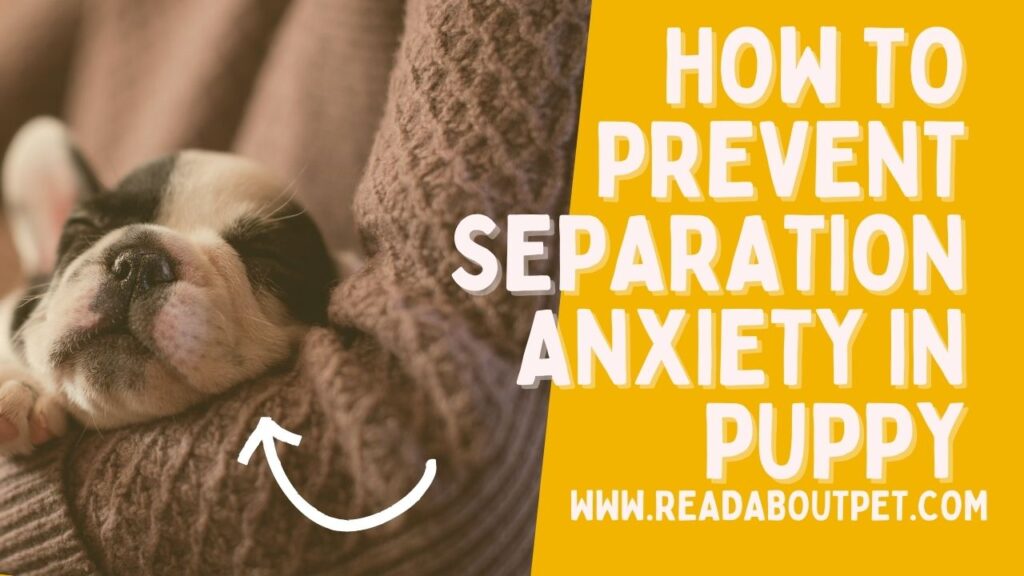Shock collars can teach dogs new commands and behaviors, but they can also hurt them. This can make your dog uncomfortable and in pain. Seeing your dog in Pain, it Upsets you.
Shock collars can hurt dogs if not used correctly, so be careful when using them for training your pet. Here are 5 steps for how to treat shock collar wounds?
What Are Shock Collar Wounds?
Shock collar wounds occur when the metal contact points rub against the dog’s skin, causing irritation and inflammation.
The injury’s seriousness depends on different things.
These things are the shock’s strength, how long the collar is worn, and how thick the dog’s skin is.
Symptoms of Shock Collar Wounds
Owners sometimes use the highest level without considering the heat, which can harm their dogs.
If your dog wears a shock collar, it’s important to watch for signs of irritation and injury. Common symptoms of shock collar wounds include irritation and injury.
- Redness and inflammation around the contact points of the collar
- Open wounds or sores
- Swelling in the affected area
- Itching or scratching
- Unusual behavior or aggression towards the collar or the place it touches
That’s also one of the other reasons why your dog may have shock collar wounds. Worry not, however.

Here are 5 steps:
Step 1: Clean the wound
The first step in how to treat shock collar wounds is thoroughly cleaning the affected area. Use warm water and a mild antiseptic solution to wash the wound gently. Remove any debris or dirt from the injury to prevent infection.
Step 2: Apply a topical ointment
After cleaning the wound, apply a topical ointment that contains antibiotics to prevent bacterial infections. Buy these ointments at a pet store or ask your vet for a recommendation for your pet. Apply the ointment according to the instructions on the package.
Step 3: Protect the wound
To prevent your pet from scratching or biting the wound, you’ll need to protect it. You can use a cone-shaped collar or an Elizabethan collar to keep your pet from accessing the injury. These collars will prevent your pet from licking, scratching, or biting the affected area, allowing it to heal faster.
Step 4: Monitor the wound
Keep a close eye on the wound and monitor it for any signs of infection. Contact your vet immediately if you notice any swelling, redness, or pus. These symptoms can indicate an infection, leading to serious health problems if left untreated.
Step 5: Give your pet the necessary care
Ensure your pet gets enough rest, and avoid activities that could cause further damage to the wound. Feed your pet a healthy diet, and drink plenty of water to help their body heal.
How to Preventing Shock Collar Wounds
To avoid shock collar injuries, use the collar properly and check your dog’s skin for any signs of irritation. Here are some tips to help prevent shock collar wounds:
- Pick a collar that fits your dog well and has suitable contact points for their size and fur thickness.
- Don’t keep the collar on your dog for too long. Only use it during training and take it off when you’re done.
- Regularly check your dog’s skin for irritation or injury. If you see any problems, stop using the collar until the skin is fully healed.
- Try positive reinforcement instead of shock collars for training to avoid using them completely.
Conclusion:
Clean the wound, use ointment, protect it, watch for infection, and care for your pet while it heals. With these steps, you can ensure that your pet remains healthy and happy, even when using a shock collar for training.
FAQs:
How long does it take for a shock collar wound to heal?
The time it takes for a shock collar wound to heal depends on the severity of the injury. Minor wounds may heal in a few days, while more severe wounds may take several weeks to heal completely.
Can we prevent shock collar wounds?
Using the collar properly and following the manufacturer’s instructions can prevent shock collar wounds. Avoid wearing the collar for a long time and make sure it’s not too tight.
Should I take my pet to the vet if they have a shock collar wound?
If your pet has a shock collar wound, take them to the vet to treat it properly and prevent health issues.






